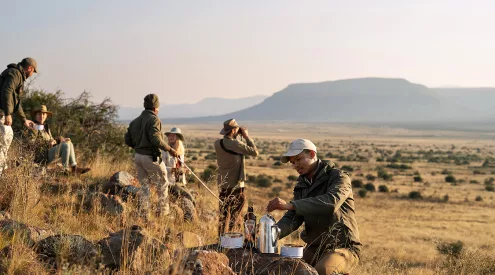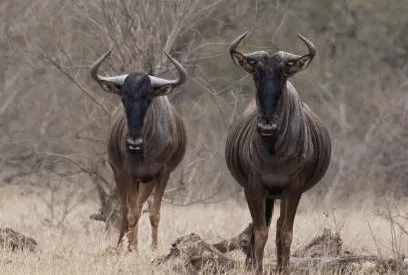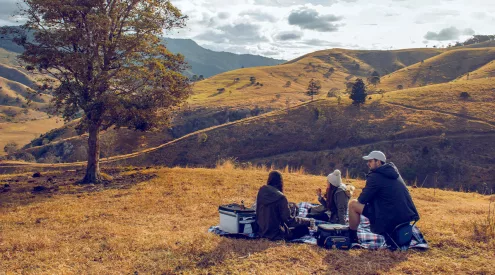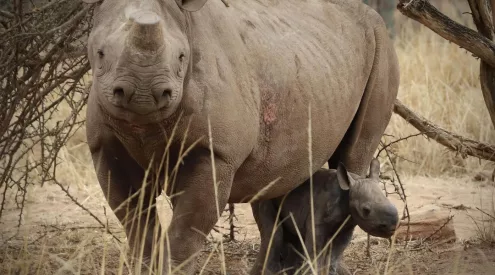Bahundangi, a village along Nepal’s eastern border with India, once a hotspot for human-elephant conflict, has emerged as a model of coexistence with wild animals. For years, villagers faced devastating losses as migrating wild elephants stormed farms, ransacked granaries, and destroyed homes. However, a shift in strategy has brought remarkable change.

Picture: Getaway Gallery
On one terrifying night, Krishna Bahadur Rasaili watched as an elephant feasted on his hard-earned paddy harvest. Instead of reacting with traditional methods—banging drums or lighting torches—his family chose to stay indoors, following advice from conservationists. ‘We no longer fear elephants, nor are we angry at them,’ Rasaili says to Mongabay. ‘If we don’t disturb them, they walk their path. If we shout, they create trouble.’
A combination of conservation initiatives, including the installation of electric fences, government compensation programs, and a shift to elephant-resistant crops like tea and bay leaves, has significantly reduced conflicts. Farmers who once depended on maize and rice now generate a stable income through tea farming and beekeeping, deterring elephants while ensuring economic stability.
ALSO READ: New nature reserve declared in the Soutpansberg

















